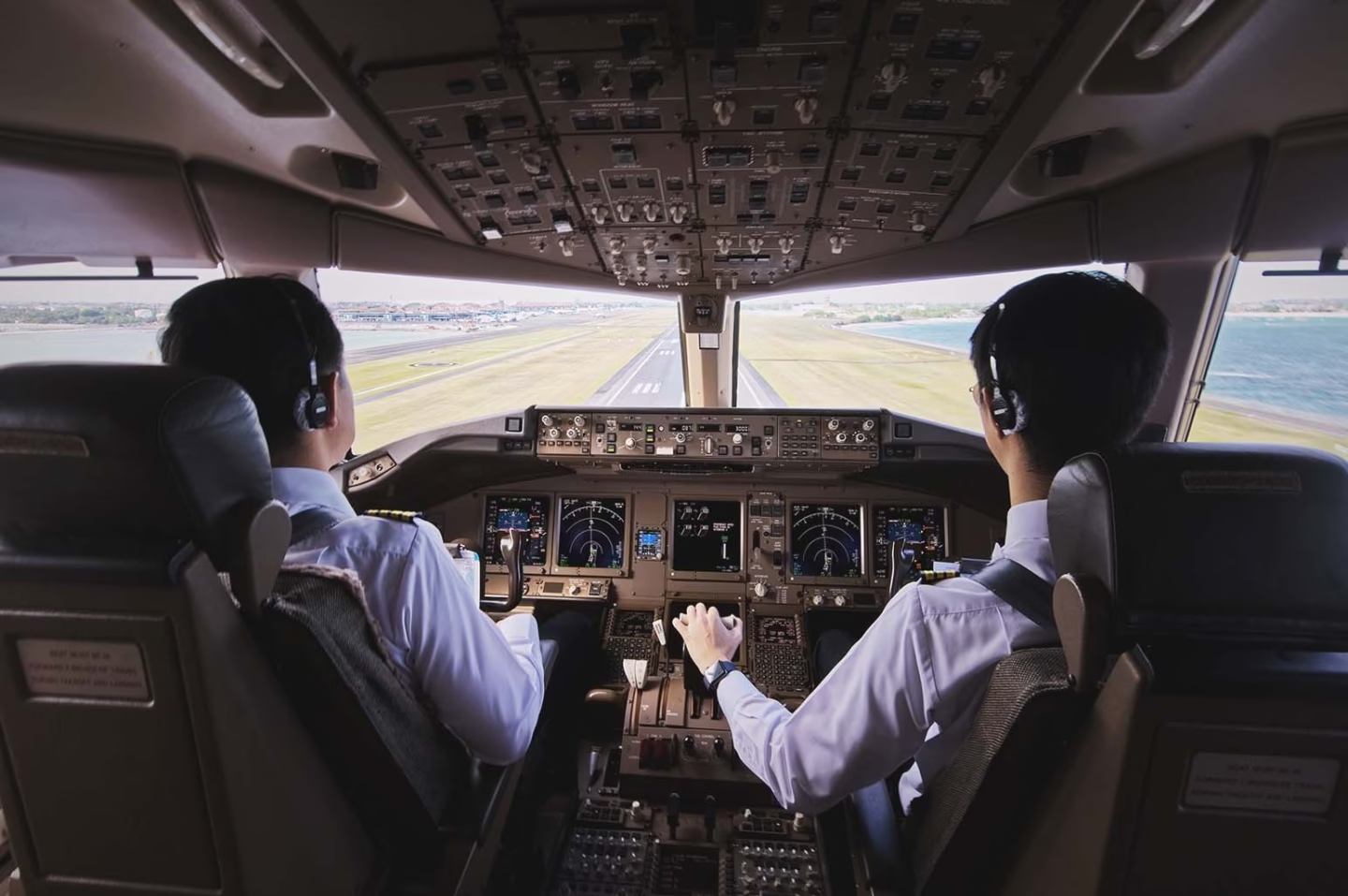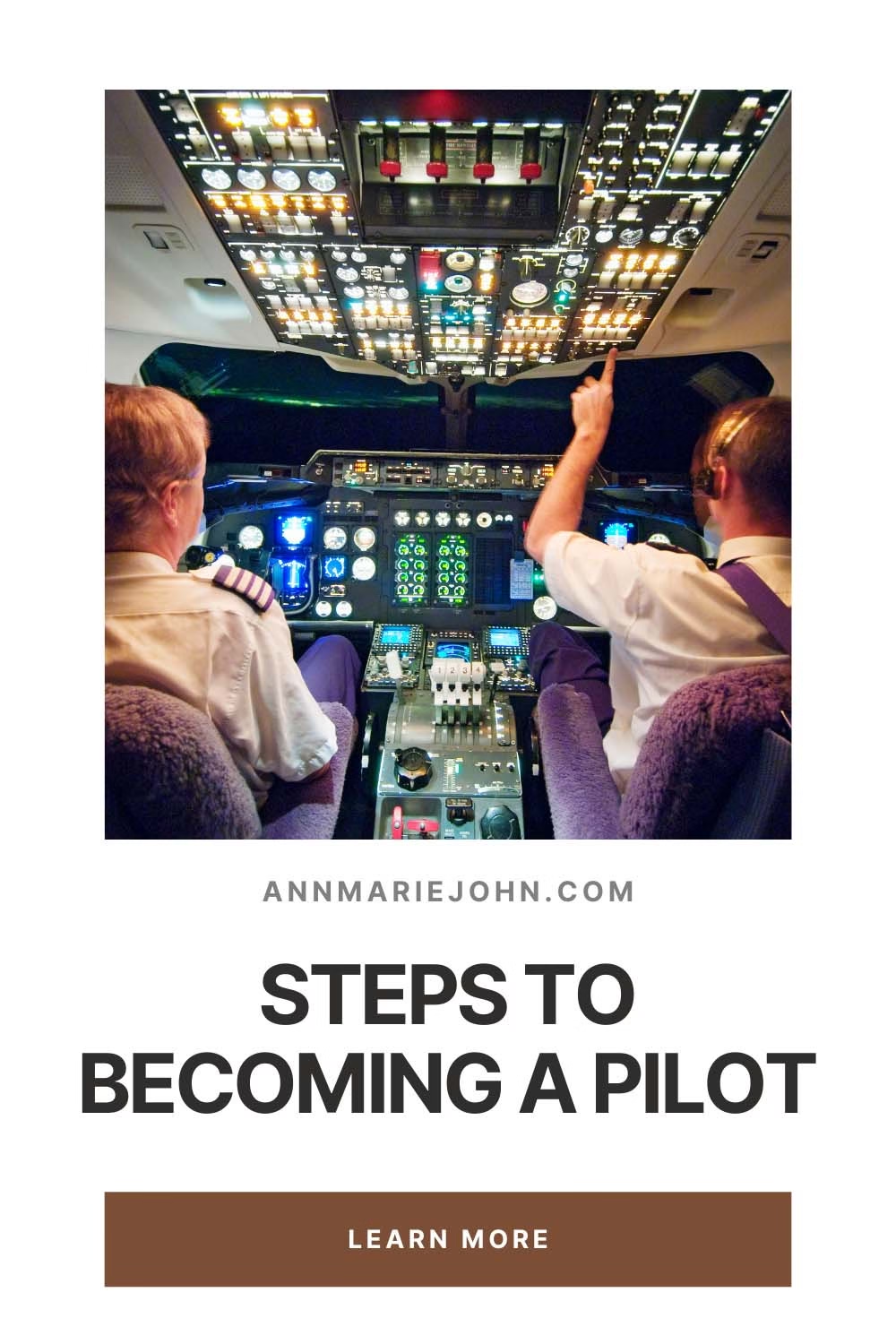Learn how to become a pilot by meeting requirements and completing flight training for a successful aviation career.

If you want to be a pilot, you must put in the work, stay patient, and genuinely love flying. The process involves meeting specific requirements, completing flight training, and obtaining the necessary licenses. Pilot training can be challenging, but it’s there to ensure you’re ready to fly safely.
Whether you want to fly for fun or as a career, there are programs to help you get there. Many aspiring pilots start with a private pilot license before advancing to more complex certifications. CPaT Aviation Training offers structured programs that guide you through each stage, helping you build the skills and confidence needed to fly professionally.

Meeting the Basic Requirements
Before beginning flight training, aspiring pilots must meet certain eligibility requirements. The minimum age for obtaining a private pilot license is 17, while commercial pilots must be at least 18 years old. A high school diploma or equivalent is typically required, although some pilots pursue higher education in aviation. Medical fitness is also essential, as pilots must pass a medical examination conducted by an aviation medical examiner. Good vision, hearing, and overall health are important factors in determining medical eligibility. Pilots must also be proficient in English, as it is the international language of aviation. Once these basic requirements are met, individuals can begin flight training. This is the first major step in the process of becoming a licensed pilot.
Enrolling in a Flight School
Choosing a flight school is one of the most important decisions in a pilot’s journey. Flight schools offer structured training programs that prepare students for real-world flying experiences. Some pilots choose to train at independent flight schools, while others attend universities with aviation programs. Flight instructors provide hands-on training, guiding students through each stage of learning to fly. The training includes classroom instruction, simulator sessions, and actual flight time. Students study how planes fly, how to navigate, read the weather, and understand aircraft systems. Flight schools also help students prepare for written exams and check rides. Good flight training gives pilots the skills they need for a strong start in their aviation careers.
Gaining Flight Experience
Pilots must log a specific number of flight hours to qualify for different licenses. For a private pilot license, students need a minimum of 40 flight hours, including solo flights and cross-country flights. Commercial pilot applicants must complete at least 250 flight hours, gaining experience in various flight conditions. During training, students practice takeoffs, landings, emergency procedures, and instrument flying. They also learn how to communicate with air traffic control and navigate different airspace environments. Building flight hours is an essential part of becoming a skilled pilot. Many pilots work as flight instructors or take on other flying jobs to gain additional experience. This helps them meet the requirements for advanced certifications and airline positions.
Obtaining Pilot Certifications
After completing flight training, pilots must pass written exams, oral tests, and check rides to earn their licenses. The private pilot license is the first major certification, allowing individuals to fly for personal reasons but not for commercial purposes. The next step is obtaining an instrument rating, which enables pilots to fly in low visibility conditions. A commercial pilot license allows pilots to be paid for their flying services, opening the door to professional aviation careers. Some pilots pursue a certified flight instructor rating, which allows them to train new students. For those aiming to fly for airlines, an airline transport pilot license is required. Each certification requires additional training, flight hours, and testing to ensure pilots meet safety and proficiency standards.
In Conclusion
To become a pilot, you’ll need to meet some requirements, complete training, get flight experience, and pass a few tests. Each step helps build the necessary skills and knowledge to operate aircraft safely and efficiently. Choosing the right flight school, logging sufficient flight hours, and passing required exams are key components of the journey. Becoming a pilot isn’t easy, but it can lead to an exciting and rewarding career. Many pilots start with small aircraft and gradually work their way up to commercial or airline positions. With the right training and commitment, aspiring pilots can achieve their aviation goals. Becoming a pilot isn’t easy, but it opens up incredible opportunities that make it all worth it.
